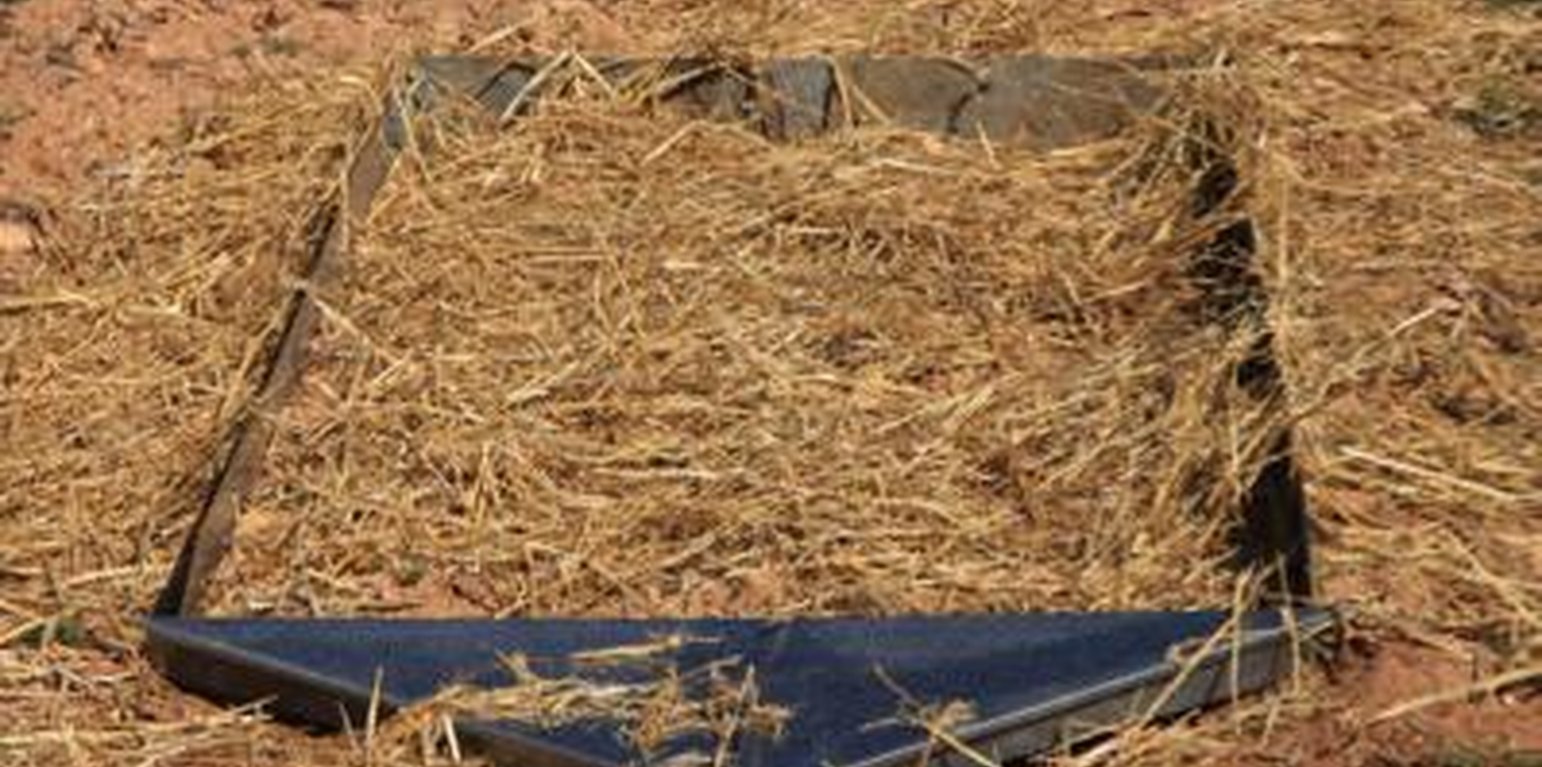



In a persimmon crop area near Valencia (South-East Spain), the research team of the University of Valencia has set up an experiment in 2015 to test the effect of the straw mulch technique in order to avoid water erosion and improve soil properties. Straw mulch was applied at a rate of 75 g per m2 and spread over 40 erosion plots (20 treated/20 non-treated). Afterwards, rainfall simulations at 78 mm h-1 of I30 mimic a high-magnitude storm.
The straw provides an initial cover of 60%, and was found to reduce runoff from 60% (in non-treated plots) to 29% (in treated plots), and erosion from 5.1 Mg ha-1 to 0.2 Mg ha-1.
Purpose of the Technology: The increase in ground cover will decrease soil erosion by reducing raindrop impact over the bare soil. Runoff also decreases by increasing water surface storage, decrease of runoff velocity, and increase infiltration.
Its application must to be done before high-storm events in the Mediterranean; namely end of summer to early autumn, in order to protect raindrop impact and avoid detachment of bare soil.
Establishment / maintenance activities and inputs: The straw mulch was delivered from a nearby farm in straw bales and was manually applied to the research plots.
Natural / human environment: The wine production in the area was implemented by old civilizations. Nowadays, vineyards production is spread over the entire study area, together with new plantations of persimmon, apricots, olives and oranges. The landscape reflects the long history of management where several constructions related with wine production depicted its importance on this region. Since the late 1960s, conventional agriculture with fertilizers and herbicides has led to a seasonally bare soil surface, triggering huge erosion rates.
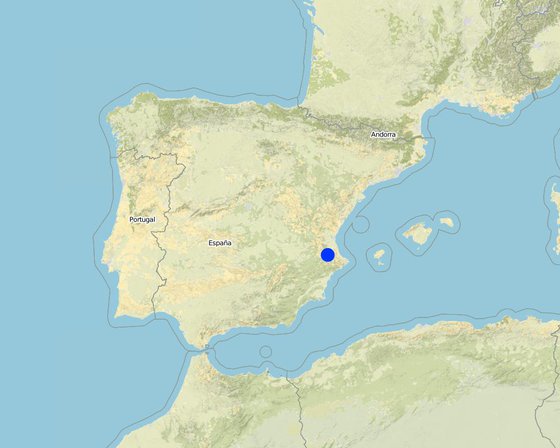
Location: Valencia district, Spain, Spain
No. of Technology sites analysed: single site
Spread of the Technology: evenly spread over an area (approx. < 0.1 km2 (10 ha))
Date of implementation: less than 10 years ago (recently)
Type of introduction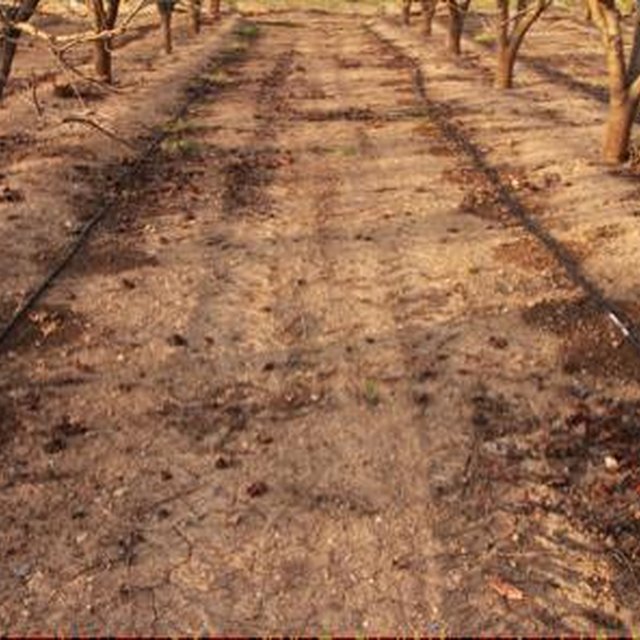

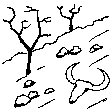







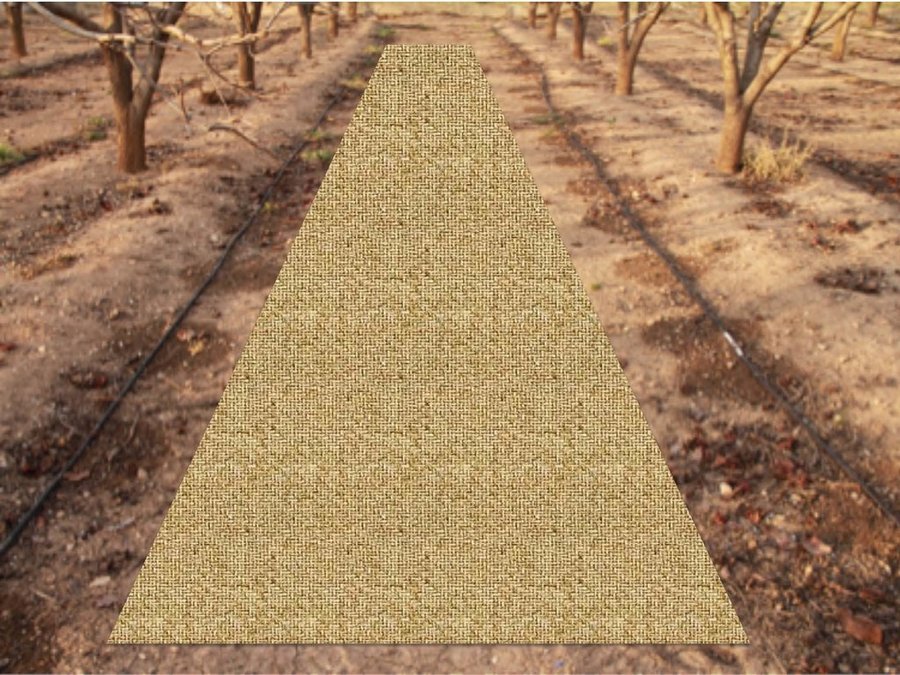
| Specify input | Unit | Quantity | Costs per Unit (US Dollars) | Total costs per input (US Dollars) | % of costs borne by land users |
| Labour | |||||
| Straw | Kg | 1000.0 | 100.0 | ||